"First, what do you think?” asks Kirsteen Campbell, creator of the new Bentley as I approach her with a few questions about her latest work.
This isn’t after getting out of the Flying Spur Speed Edition 12 that I had spent the day driving – one of the very last W12-powered Bentleys to leave the Crewe factory line as the famous old engine fast approaches retirement – but after having a taste of the latest Bentley.
For this is no normal Bentley but a whisky, and Campbell is no normal Bentley engineer but a master whisky maker. Don’t worry, you are still within the pages of Autocar and I will explain how we got here shortly.
Rather than Crewe, this story of the development of a new Bentley comes from the Macallan distillery in north-east Scotland, on the banks of the River Spey. It teamed up with the car maker to spend four years developing a whisky that’s supposed to taste like a Bentley.

Called Horizon, it has been through the longest development period of any Macallan whisky to date, and it’s priced like a Bentley road car is among its peers: £40,000.
Horizon arrives at a time when a Bentley legend is about to say goodbye. Allowed to mature for a little over 20 years, the W12 engine should just be coming into its prime, but alas emissions regulations and the onslaught of electrification have done for another multi-cylinder great. It is now in its final throes, not available in a built-to-order Bentley, but you should be able to pick one up from stock.
There’s no end date on production yet, but it’s a matter of weeks rather than months.
Introduced in the brand’s relaunch under Volkswagen Group ownership at the turn of the century, the W12 is the foundation on which the success of modern Bentley has been built.
It has always been a performance engine of a very different kind, one in which the torque figure means much more than the power figure, and its size is to ensure it operates with as little stress and as much refinement as possible. Its configuration helps with packaging too, making it about a quarter shorter than an equivalent V12.
Between us and a sample of the newest Bentley of a very different kind is a 400-mile farewell blast in one of the final W12 cars to experience and marvel at that torque and refinement for the last time.

The Flying Spur Speed Edition 12 is one of 120 celebratory saloons that are notable for a few design features and for coming with a scale model of the 626bhp, 664lb ft W12 engine, perhaps to sit on your shelf alongside your bottle of Horizon. This package is also available on the Bentayga SUV and the Continental coupé and cabriolet, if you would prefer.
I usually find myself pausing and taking a deep breath when I enter my destination into a sat-nav and see several hundred miles’ driving as my day’s work, but not so on this particular day. Instead, the feeling was that it would be just another effortless stretch of asphalt for a W12-powered Bentley to glide over and the sort of journey during which I could really relax into the car.
The road trip itself was actually quite unremarkable, notable for its length rather than events en route. Indeed, the first 380 miles or so were largely on motorways and major A-roads stuffed full of speed cameras, with hardly a corner in sight.

Starting in Nantwich, we weaved through various Cheshire rat runs at rush hour to hit the M6 just south of Manchester, and there we stayed as England gave way to Scotland and the M6 became the A74(M).
Here’s one of the joys of getting up early to drive somewhere: before 10am, I had racked up 150 miles, with the W12 feeling like it was sitting just above tickover. It wasn’t stressed in the slightest, and neither was I.
North of Edinburgh, I picked up the A9 before turning off onto Scotland’s Malt Whisky Trail, the A95, where the traditional epic Scottish scenery appeared, along with some corners, in the most glorious late-afternoon sunny glow.
I had started this second stint in the passenger seat – something that always makes me nervous as someone who gets motion sickness when not driving, but that never felt on the agenda in the Flying Spur.

Maybe it was a coincidence, but I felt as relaxed as I can remember in a car when not behind the wheel, daydreaming and trying to remember the W12’s cylinder firing order, which is printed on the dashboard in front of the passenger. I might even have nodded off on the A9 once all the caffeine had worn off, because there was certainly no noisy growling from the engine or jerking in the drivetrain to keep me on edge.
If there was any sense of frustration about not being able to take in more scenery, it was quickly dispelled by the thought that actually we were on a route that showed this particular kind of Bentley at its very best.
The W12 is the sort of engine that thrives on covering as much distance as possible in as short a time as possible while portraying no sense of stress or jeopardy to its driver. Gloriously over-engineered and barely audible even under heavy throttle loads, it’s a performance engine of a very different kind, remarkable for being so unremarkable in spite of its headline stats.
The 90-litre fuel tank gave the car a range in excess of 400 miles, and the trip computer was showing over 25mpg as we arrived at the Macallan Estate, just past the town of Aberlour, having at last got to enjoy the W12’s point-to-point pace on a fast, flowing range of undulating bends in the Scottish countryside.

The gearshifts were as smooth as the samples that were to come, and the Flying Spur has always felt a more dynamic steer than something that weighs close to two and a half tonnes and is more than 5.3 metres long has any right to be.
Driving done and “lovely” is what I can muster in response to Campbell’s opening question, repeated again with a few more superlatives thrown in too – words that could indeed also be used to describe my time in the Flying Spur.
It was, though. Very nice indeed. Did it taste like a Bentley? There’s certainly wood and leather in there, but I’ll stop there, lest I come across all Alan Partridge and make the writers at whisky magazines wince.
It’s hard to look past the £40,000 price as a newcomer to the world of whisky, but I still can appreciate the story and at least the perception of the value of Horizon. Plus, the Macallan bunch remind me a lot of those at Bentley: total experts and utterly devoted to their craft, deadly serious but very approachable and hospitable too.

Much of the value of Horizon comes from its rarity. Just 700 bottles will be made, and as Macallan creative director Jaume Ferràs told me, that’s the equivalent of producing a car in a low-single-digit run. Anything under 5000 is already considered very limited.
All the bottles and their holders will be made by hand using woods, leathers, metals and glass akin to those of a Bentley, and the precious liquid inside those bottles is made from the contents of just six sherry-seasoned casks.
When you drive a Bentley, you know the car is expensive and adjust your tastes and budget accordingly, and so it seems with whisky, too. All 700 bottles of Horizon have already been reserved and will be worth more on the secondary market as soon as they leave the Macallan distillery gates, which tells you much of what you need to know about whether the market thinks it’s worth the price.
I’m glad to have tried Horizon but not sad that I will probably never get to taste it again. The same can’t be said of Bentley’s W12. The disappearance of such a great just doesn’t feel wholly like progress, given how many developments have been made to it over the past two and a half decades to enhance the engine’s performance while improving its efficiency and reducing its emissions.
Still, in contrast to whisky, time and age should bring cars powered by the W12 engine more into the realms of relative affordability – and we will be able to meet on these pages again.
How the W12 engine was made

The W12 engine configuration, favoured as effectively a shorter V12 for better packaging, was used in fleeting aircraft and motorsport applications before finally appearing in a road car in the Audi A8 of 2001. It also served in Volkswagen’s Phaeton and Touareg, but its application is most famous in various Bentleys.
Since first appearing in the Continental GT in 2003, the W12 has had its power improved by 34% and its torque by 54%, peaking at 740bhp and 738lb ft in the 2023 Batur, all while CO2 emissions have been reduced by 25% (it entered a second generation in 2015).
Each 254kg engine takes 30 people six and a half hours to build from 294 components and is then tested for 21 and a half minutes to 3800rpm and a 221lb ft load. Additionally, every one in a hundred is plucked for an eight-hour test to 6000rpm and 664lb ft.

Its development was stringent. Tests included 100 hours straight at full throttle and a deep thermal shock test in which it was run at full power to a coolant temperature of 100deg C before being shut down, flushed with -30deg C coolant and then run straight back up to 110deg C no fewer than 400 times.
The engine has three separate cooling circuits and two separate exhaust assemblies, while its management system has some 42,000 parameters.
Fuel-saving technology includes efficient twin-scroll turbochargers and cylinder-deactivation technology that on six cylinders shuts down the intake and exhaust valves, fuel injection and ignition below 3000rpm and 221lb ft in third to eighth gear.
By the time production ends, more than 105,000 examples of the W12 will have been built at Crewe – more than any other 12-cylinder engine in the modern era. The total output of those engines will be more than six million horsepower.
An insight into the world of whisky

Macallan is the Bentley of whisky makers, so they tell me, and from the evidence I’ve seen, I will gladly take their word for it. It is 200 years old this year, and on its 458-acre estate opened a new distillery in 2018 and a year later a visitor centre that’s a cross between a Bond villain’s lair and the Willy Wonka factory.
The distillery houses 36 stills that make 12 million litres of spirit a year. Just a dozen of the 270 people working at Macallan are responsible for making the 63.5%-proof spirit that provides 20% of the flavour of the whisky (it can only become a Scotch whisky if it has sat in an oak cask for more than three years), the rest coming from the sherry-seasoned casks. At any one time, 450,000-plus casks sit on the Macallan Estate, some of them as many as 81 years old.
It turns out that the world of high-end whisky has plenty in common with the upper echelons of the automotive one. There are issues around counterfeiting that require constant developments in the cap and seal used on bottles for security and there are speculators who will buy rare, limited-run whiskies from Macallan and then flip them.
“There will be some who will drink, others who will save,” says creative director Jaume Ferràs. “The secondary market for whisky is huge, as [a whisky like Horizon] screams investment, but we always try to encourage people to drink our products. If it happens [with speculators], we trace it back, as the bottles are numbered, and we soften the relationship sometimes or have a polite word…”
Like makers of limited-edition cars, Macallan just wants its finest creations to be used for their intended purposes.
“We do what we do for people to enjoy, to socialise, to have a great time,” says Ferràs. “We’re not a bank or a financial investment company.”
Horizon may be the most expensive whisky that Macallan has made, but it’s not the most expensive to be sold bearing its name. One of 1926 vintage with a rare Valerio Adami-designed label was sold at auction last year for £2.2 million. It cost £5000 when originally released in 1987.

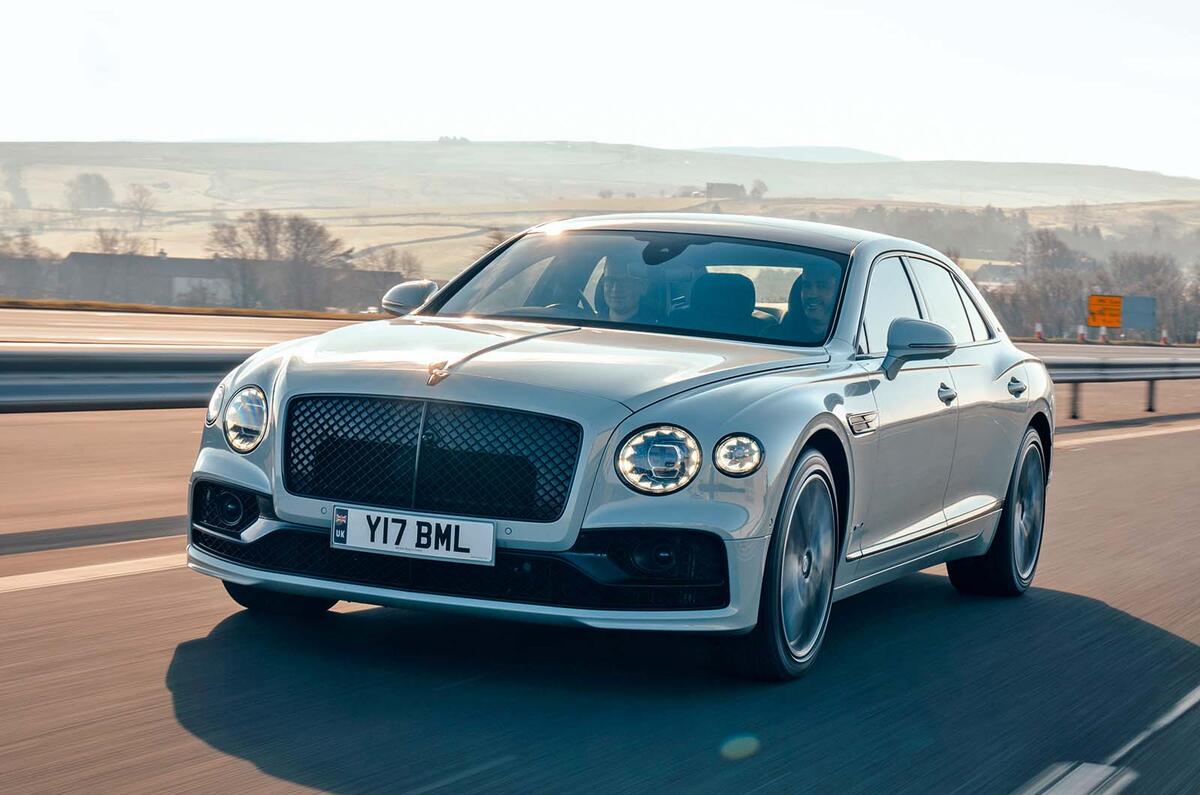


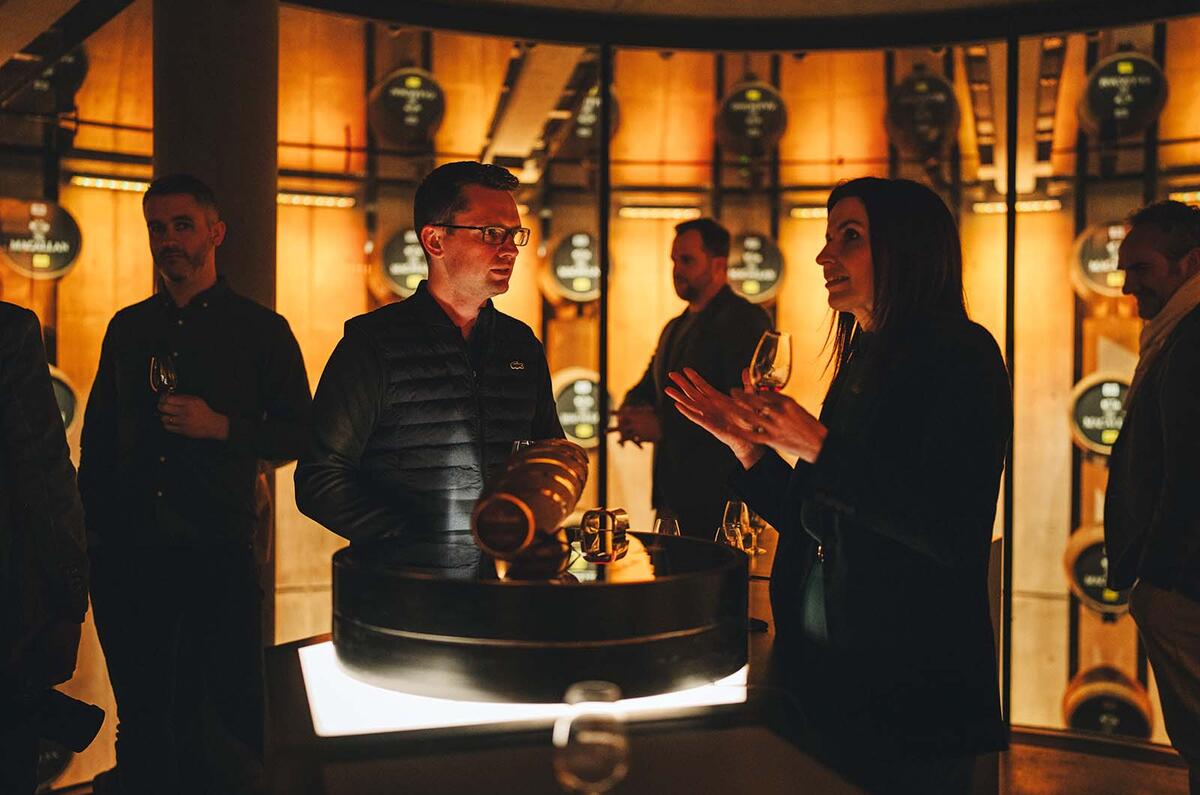
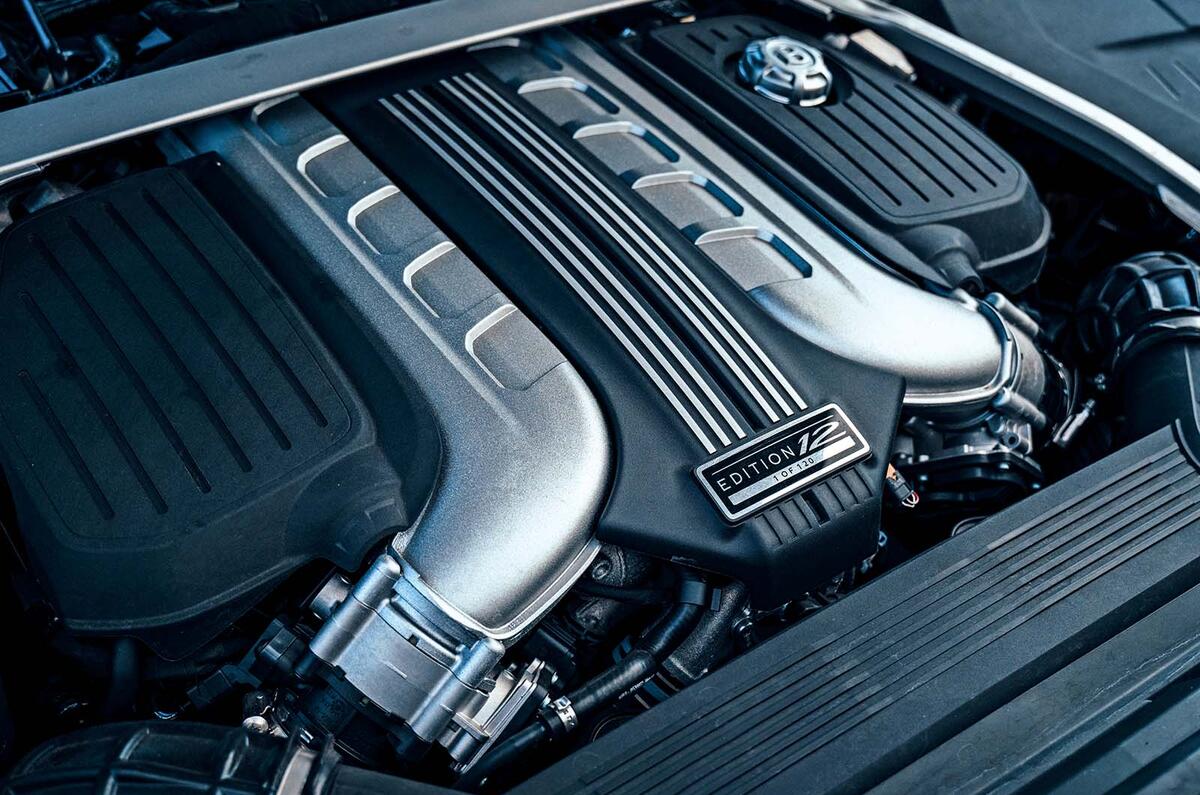
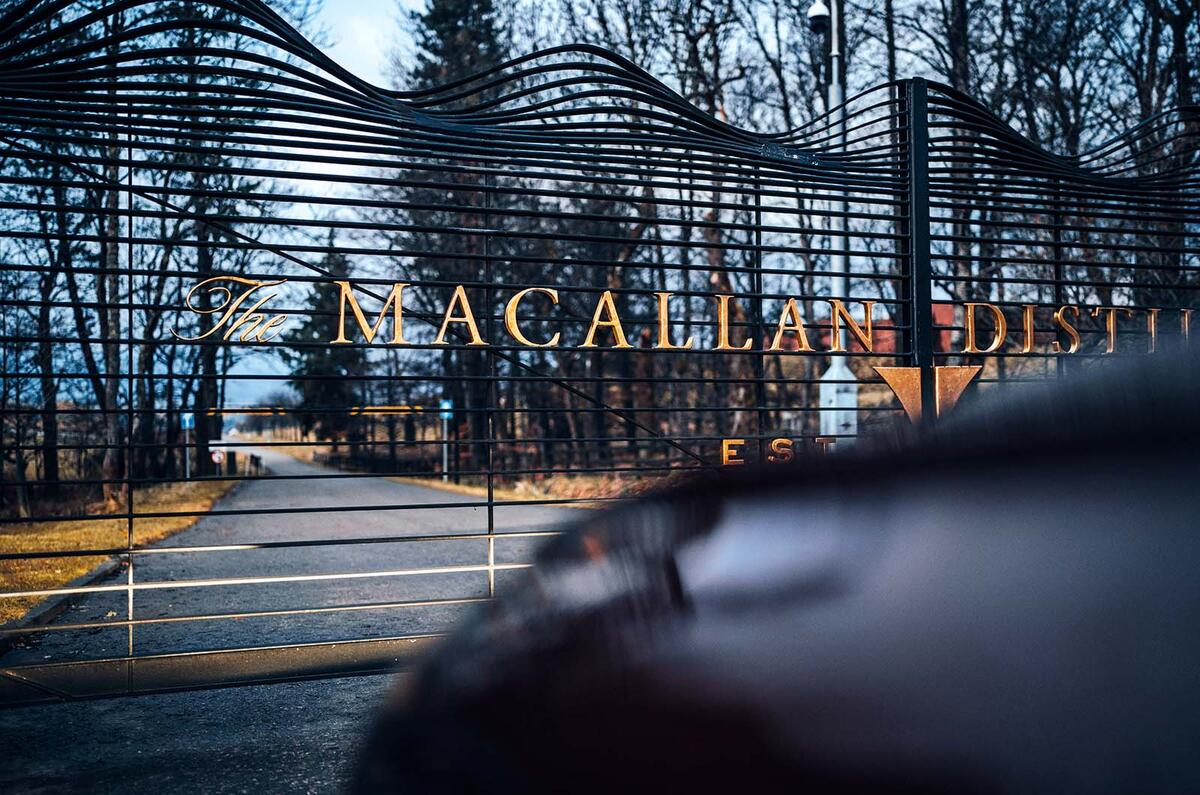



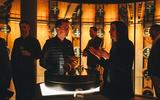








Join the debate
Add your comment
40,000 - that's disgusting. There are mothers and children being abused because there's "no money" to provide safe accommodation, but there's money for 40,000 whisky. Whoever buys this is trash.
You are hundertprocentig richtig.Another point is the Macallan whisky that's supposed to taste like a Bentley. It's a mistake for the connoisseur who will feel traces of petrol and motor oil tastes in the whisky. Psychology works.
You are hundertprocentig richtig.
ooops. Please advise how I erase or edit in Autocar. I can easily do it in any other magazine.